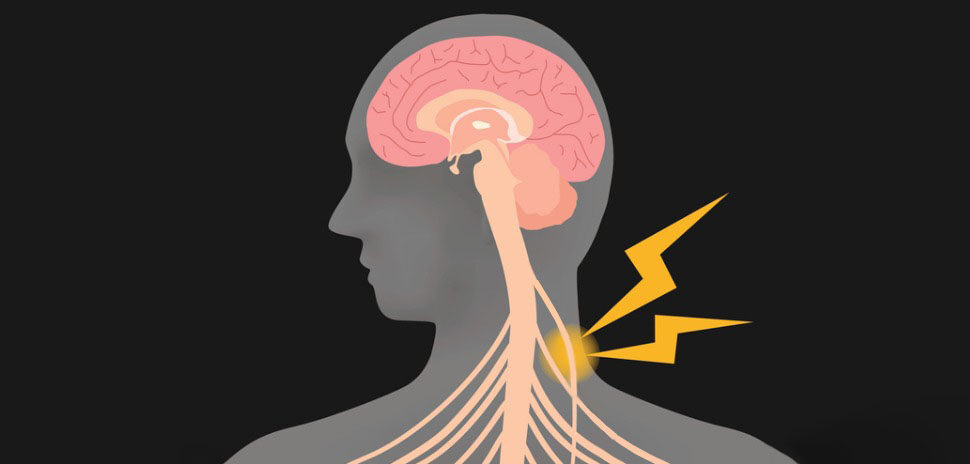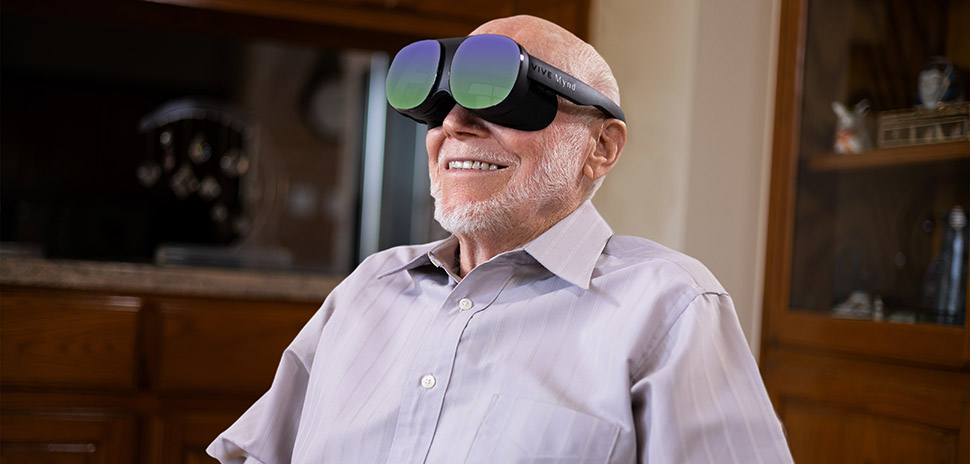Neutrinos, despite their “antisocial” nature, hold the key to understanding some of the most fundamental questions about the origin and nature of the universe.
These tiny, elusive particles zip through matter almost unaffected, making them incredibly difficult to detect. But now a monumental multinational scientific project— the Deep Underground Neutrino Experiment (DUNE)—is a step closer to unlocking the mysteries of these particles. It could dramatically transform our grasp of the universe.
The University of Texas at Arlington is making significant contributions to the ambitious project, led by the U.S. Department of Energy’s Fermilab. According to UTA, the university’s scientists will play a key role in building the first of four seven-story detectors designed to capture these difficult-to-detect particles.
The technologies developed for DUNE also hold promise beyond decoding fundamental cosmic questions. Applications in medical imaging, environmental monitoring, and national security are just a few areas where the project’s advances could have a significant impact.
With the recently completed excavation of three enormous caverns in South Dakota, the project is set to move forward with the installation of the massive particle detectors.
The “really big dig”

The Sanford Lab is located at the former Homestake gold mine. A conveyor carried almost 800,000 tons of rock, excavated a mile underground, into the Open Cut in Lead, South Dakota. [Photo: Stephen Kenny, Sanford Underground Research Facility]
The three caverns, excavated a mile beneath the surface at the site of an old gold mine in South Dakota, will house the DUNE particle detectors. According to Fermilab, the recently completed construction of the caverns, which span the area of about eight soccer fields, created what is now the Sanford Underground Research Laboratory.
Fermilab’s Michael Gemelli, who managed the excavation of the caverns by Thyssen Mining, called the “really big dig” a remarkable achievement.
“The actual excavation took only a year, which is amazing,” Jaehoon Yu, a UTA professor of physics, said in a statement. “It’s great that the excavation work is finished, and now preparations can be made for the installation of the detectors. This is an exciting time.”

A bird’s-eye view of one of the large caverns in South Dakota, which is about the height of a seven-story building. The DUNE particle detectors are expected to be the largest underground cryogenic system in the world. [Photo: Matthew Kapust, Sanford Underground Research Facility/Fermilab]
Now DUNE scientists are eager to start the installation of the particle detectors, Fermilab said, noting that the production of the seven-story neutrino detectors has begun.
Fermilab says it has “successfully tested the technology and assembly process for the first detector.” Testing of the underlying technologies is also underway using particle beams at the European laboratory CERN.
UT Arlington’s Yu and Jonathan Asaadi, an associate professor of physics, are leading the school’s involvement with the multi-decade project and the building of the DUNE detectors.
The hunt for neutrinos and universal secrets
DUNE’s detectors will be designed to capture and record the “incredibly rare” interactions of subatomic neutrinos with matter.
Scientists will study the behavior of a beam of neutrinos produced at Fermilab’s Long-Baseline Neutrino Facility, located near Chicago, about 800 miles east of the underground caverns.
The facility will generate the “world’s most intense beam of neutrinos,” Fermilab said. The neutrinos will be sent from the Illinois lab to the DUNE detectors at the South Dakota research facility. Detectors will be filled with liquid argon and record the interaction of neutrinos with the transparent liquid.
The beam will travel “straight through earth and rock from Fermilab to the DUNE detectors in South Dakota,” UTA said. “No tunnel is necessary for its path.”

The detector’s field cage design and functionality directly impacts the detector’s ability to accurately capture and analyze neutrino interactions. The field cage prototype was photographed in Cern.
UTA physicists in Arlington will build critical components of the first two detectors to track the neutrino beam, specifically constructing modules of the field cage—100 modules for the first detector and all 200 of the modules for the second detector.
“The work will take place in the Chemistry and Physics Building,” UTA said.
Professor Yu leads UTA’s efforts for the construction of parts for the “far” detector in South Dakota, while Asaadi is working on portions of the “near” detector at Fermilab.
This work is crucial for the project’s progress, UTA said, as the field cage’s design and functionality directly impact the detector’s ability to accurately capture and analyze neutrino interactions. The field cage ensures the uniform electric field necessary for the accurate detection and analysis of neutrino interactions within the detectors.
Training opportunities and collaboration on a grand scale

Jaehoon Yu, UTA professor of physics (foreground)
“We’re going to need to recruit a lot of students to help with this work,” UTA’s Yu said. “We need to bring them in as freshmen and sophomores so we can train them, and they can be with the project as long as possible, including for the installation.”
The DUNE collaboration includes more than 1,400 scientists and engineers from over 200 institutions in 36 countries.
UTA’s Department of Physics has been involved with the DUNE project since its earliest stages. In January 2016, UTA hosted a four-day international planning conference, organized by Yu.
How DUNE works: A closer look

The Deep Underground Neutrino Experiment uses two advanced neutrino detectors, 800 miles apart to detect neutrino interactions after they travel through the Earth. The near detector at Fermilab in Illinois will study the neutrino beam right after creation, looking for new particles and phenomena. The far detector, the world’s largest, is deep underground at the Sanford Underground Research Facility in South Dakota. [Image: Fermilab]
The experiment consists of two main components: the near detector at Fermilab, which is close to the neutrino source, and the far detector in South Dakota, located 800 miles away. The near detector will provide crucial data on the initial properties of the powerful neutrino beam, while the far detector will measure how the neutrinos have changed during their long journey through the Earth.
“The PIP-II particle accelerator at Fermilab powers the neutrino beam,” according to Fermilab. The cutting-edge accelerator is the result of a collaborative effort involving major contributions from international partners. “The 215-meter-long PIP-II accelerator … uses cutting-edge superconducting radio-frequency technology developed at Fermilab,” the lab said.
High-energy protons from PIP-II are directed to strike a target, producing a secondary beam of particles called pions. As these pions decay, they give rise to muon neutrinos, forming the intense neutrino beam that will travel 800 miles through the Earth to the DUNE far detector in South Dakota.
By comparing the data from the near and far detectors, scientists can study how neutrinos change and oscillate between different types as they travel the long distance between the two detectors.
Inside the detectors, the neutrinos will interact with the liquid argon, producing charged particles that leave visible tracks. The system involves cooling tens of thousands of tons of liquid argon to cryogenic temperatures to facilitate the operation of the DUNE detectors.
DUNE’s potential impact on industry and society
Fermilab’s vision is to “solve the mysteries of matter, energy, space, and time for the benefit of all.” Among its goals for the particle physics lab and accelerator is to develop new technologies for science that help support U.S. industrial competitiveness.
While the international scientific collaboration aims to unravel the mysteries of neutrinos, the technologies developed for the project also have the potential to be applied in other fields.
Advances developed for “previous particle physics experiments now power next-generation medical imaging devices, enable advanced cargo screening for safer borders, monitor the cores of nuclear reactors, help manufacture customized medical implants and treat cancer,” Fermilab says on its website.
Paving the way for new technologies serving national security, environment, and more
Scientists working on the LBNF, DUNE, and PIP-II projects are pushing past boundaries. “Powerful accelerators and massive, ultracold detectors—the likes of which have never been attempted before“—could have far-reaching applications, according to Fermilab.
One promising application lies in the field of nuclear nonproliferation and national security. The sensitive detectors developed for DUNE could be adapted to monitor nuclear reactors from a distance, providing a powerful tool for verifying compliance with international agreements, per an early look at neutrino benefits from Fermilab.
In the energy and mining sectors, neutrino research could pave the way for technologies capable of ‘x-raying‘ the Earth to locate mineral and oil deposits, Business Insider has noted. Neutrinos’ ability to pass through the Earth unimpeded could also enable faster and more secure global communication networks, particularly in remote or challenging environments.
Fermilab has said research and development is underway to develop new ways to apply the technologies to serve the environment and more. Other examples cited by the agency include wastewater treatment using intense particle beams and extending the life of highway surfaces using compact, mobile superconducting accelerators.
First neutrino detectors in progress

Jonathan Asaadi, UTA associate professor of physics
UTA’s Asaadi, who strives to always “see the big picture,” has noted that the neutrino detector technology offers tracking and energy reconstruction capabilities to provide “unparalleled insight” into its interactions. Its capabilities, as scientists mine for answers, will shed light on big questions.
With the excavation work complete and the production of the detectors underway, the DUNE project is moving forward at an exciting pace, Fermilab said. The first detector is scheduled to be operational before the end of 2028.
![]()
Get on the list.
Dallas Innovates, every day.
Sign up to keep your eye on what’s new and next in Dallas-Fort Worth, every day.

































